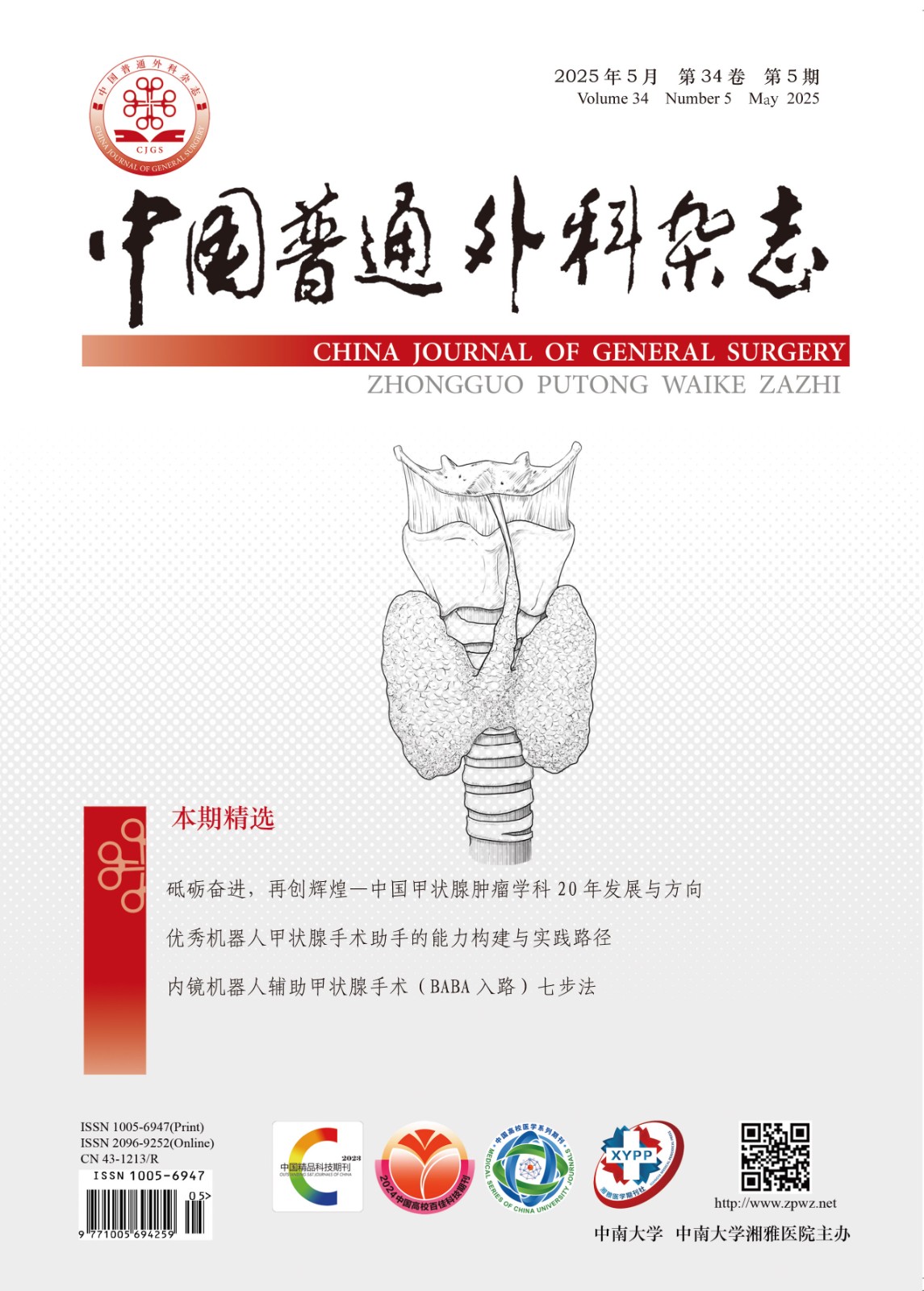Abstract:Objective: To investigate the clinical value of using parathyroid gland identification (PGI) system in rapid identification of parathyroid gland during thyroid surgery.
Methods: The clinical data of 251 patients who underwent thyroid surgery in Jiangyuan Hospital Affiliated to Jiangsu Institution of Nuclear Medicine from March 2016 to May 2018 were collected. In all patients, the suspicious parathyroid gland tissues underwent fine-needle aspiration, and PGI system was used to identify whether the aspirated tissues were parathyroid gland or not by detecting the parathyroid hormone (PTH) concentration in the washing liquid of the aspirated tissues during operation. Meanwhile, a small portion of each aspirated tissue was cut off for frozen pathological analysis. Using the results of frozen pathological examination as the standard, the accuracy of the PGI system for parathyroid identification was statistically analyzed.
Results: A total of 434 tissue samples were detected by the PGI system, including ineffective detection in 16 samples and effective detection in 418 samples. In the effective detected samples, 311 samples were identified as parathyroid tissue and 107 samples were identified as non-parathyroid tissue by the PGI system; 314 samples were identified as parathyroid tissue and 104 samples were identified as non-parathyroid tissue by frozen pathological examination. These two detection methods showed a significant consistency (к=0.969, P<0.001). The sensitivity, specificity, positive predictive value, negative predictive value, misdiagnosis rate, missed diagnosis rate and accuracy rate of PGI system for parathyroid identification were 99.0% (309/312), 98.1% (104/106), 99.4% (309/311), 97.2% (104/107), 1.9% (2/104), 1.0% (3/312) and 98.8% (413/418), respectively. In all patients, no bleeding or infection was noted, and no permanent hypoparathyroidism and recurrent laryngeal nerve paralysis occurred after operation.
Conclusion: The PGI system can be used to distinguish parathyroid tissue during thyroid surgery. It has the advantages of rapid performance, high accuracy, simple procedure and less tissue damage. So, it is recommended to be used in clinical practice.

